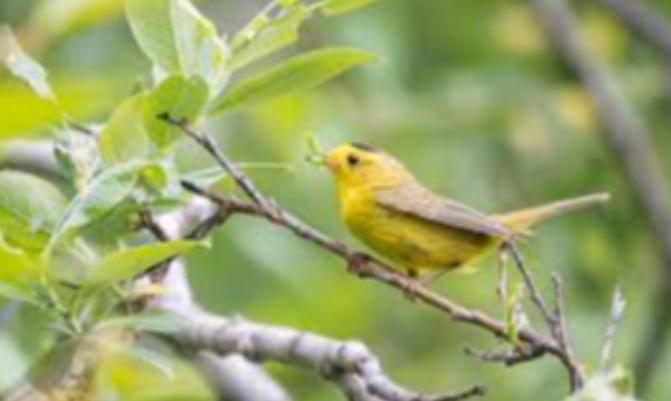Bird watching
The birdlife in Kenya is good year-round, but at its prime from September to April when the migratory birds from Europe and northern Africa are present.
Nairobi National Park
Nairobi national park is one of the most unique parks in the world. It is the only wildlife park within a capital city and hosts a wide variety of wildlife including the Big 5, and over 500 species of birds.
The park has a range of habitats including open grasslands, lightly wooded plains, rocky valleys, seasonal wetlands, dams, forest-lined rivers and streams, and montane forests. So it is not uncommon to get a species list of more than 200 species in a day!
Mt Kenya National Park
Mt Kenya is the highest mountain in Kenya, and arguably the most difficult to climb. But Mt Kenya also host a wide variety of montane forest and moorland species. The forests on the slopes of the mountain are most productive in birds, but the shy forest birds are sometimes more often heard than seen.
The cold montane forest are a heaven for elusive birds like the Olive Ibis, Abyssinian Ground Thrush, Black-fronted Bushshrike, Montane White-eye, Bar-tailed Trogon, Jackson's Francolin, Mountain Buzzard and Abbot's Starling.
Lake Naivasha
Lake Naivasha is one of the freshwater lakes along the rift valley. It is well known locally for its sheer number of waterbirds. The edges of the lake are fringed with yellow fever trees which host a wide variety of special birds and free ranging wildlife.
The lake itself hold a huge number of water birds such as; Great White and Pink-Backed Pelicans, Reed and Great Cormorants, African Darters, Yellow-billed Ducks, Red-billed and Hottentot teals, Red-knobbed Coots, Black and Grey Herons, Great White, Little and Cattle Egrets, African Spoonbills, African Skimmers, Grey-hooded, Lesser Black-backed and Common black-headed Gulls, Lesser and Common Moorhen, Purple Swamphens; and the highest concentration of African Fish Eagles anywhere in Kenya!
Kinangop Plateau
The Kinangop plateau is an abrupt floor that rises from the floor of the rift valley. Although this area is outside a protected park or reserve it still host quite a few special birds, including the Endemic Sharpe's Longclaw.
The tussock grasslands that stretched for mile are now farmlands, but the birds can still be seen hanging on these artificial habitats. Birds commonly seen around these grasslands/farmlands are; Sharpe's Longclaw, Rufous-naped and Red-capped Larks, Cape Rook, Capped Wheatear, Long-tailed and Jackson's Widowbirds, Hunter's, Leveillants and Stout Cisticolas, Red-throated Wryneck and Augur Buzzards.
Lake Baringo
Sometimes referred to a birdwatcher’s paradise, with about 500 species recorded, Lake Baringo is well known among birdwatchers. And it’s also one of my favorite spots for birding!
The Baringo area has a similar semi-arid environment as that of Samburu, but the plants and animals are very different. There are steep cliffs on one side of the lake and mixed woodland and grasslands on its opposite shores, which are both bustling with birds from the northern territory.
The cliffs are good places to look for its resident pair of Verreaux's Eagle, Grayish Eagle Owl, Hemprichs Hornbill, Fan-tailed Raven, Brown-tailed Rock Chat and Mocking Cliff Chats. The dry scrub around the cliffs has Bristle-Crowned Starlings, Pygmy Batis, Three-streaked Tchagra, Brubru and Red-fronted Warbler.

